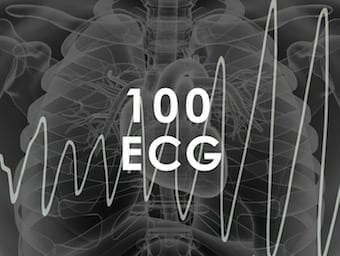
Acid-Base and Blood Gas interpretation
Acid-Base Library: Blood gas analysis and interpretation

Acid-Base Library: Blood gas analysis and interpretation

Franz Wiesbauer explains how to differentiate between metabolic acidaemia caused by a loss of bicarbonate and that caused by the addition of acid.

Franz Wiesbauer looks at acid-base compensation and some super-simple rules that will help you decide whether compensation is adequate or not.

Franz Wiesbauer explains the relationship between pH, HCO3 and pCO2 and a simple rule which will help you decide whether the primary problem is respiratory or metabolic in nature.

Alexis Frank Hartmann (1898-1964) American pediatrician and clinical biochemist. Developed Lactated Ringer’s solution (Hartmann’s Solution)

44 year old male with a history of non-complaint Type 1 diabetes. He has been found at home in a semi-conscious state. Describe and interpret this ECG. LITFL Top 100 ECG

This is quick reference page to acid base disorders in toxicology and osmolar gaps. Zeff a toxicologist from Melbourne talks through his approach and the errors that can occur with osmolar and anion gaps.

Lactate and Lactic Acidosis. Product of anaerobic glycolysis which reflects type A (oxygen delivery) or type B (altered metabolism) causes

Sodium Bicarbonate Use. metabolic acidosis leads to adverse cardiovascular effects. bicarbonate must be administered in a solution as sodium bicarbonate

The extent of respiratory compensation for a metabolic disorder is determined by the balance between the abnormality in the pH (hence the drive to change) and how hard it is to get there (eg. work of respiratory muscles in hyperventilation)

Respiratory Alkalosis = a primary acid-base disorder in which arterial pCO2 falls to a level lower than expected.

Respiratory acidosis = a primary acid-base disorder in which arterial pCO2 rises to an abnormally high level.